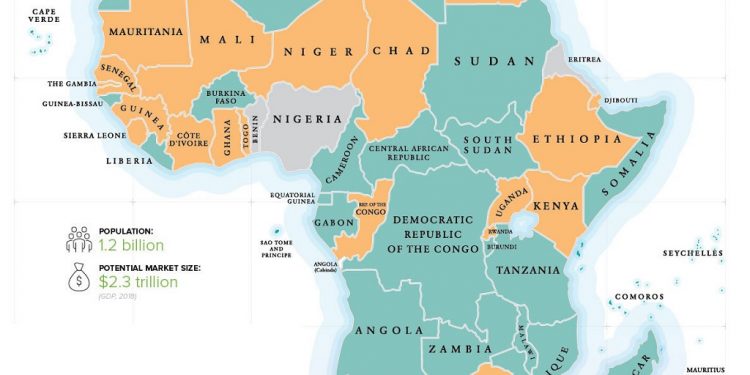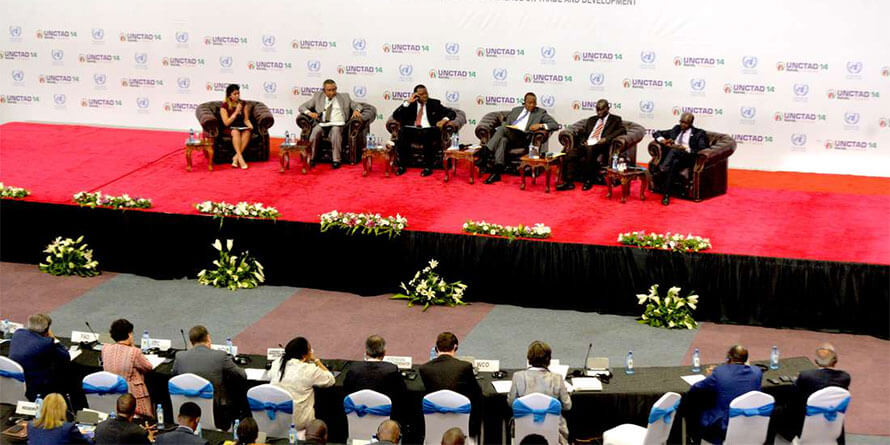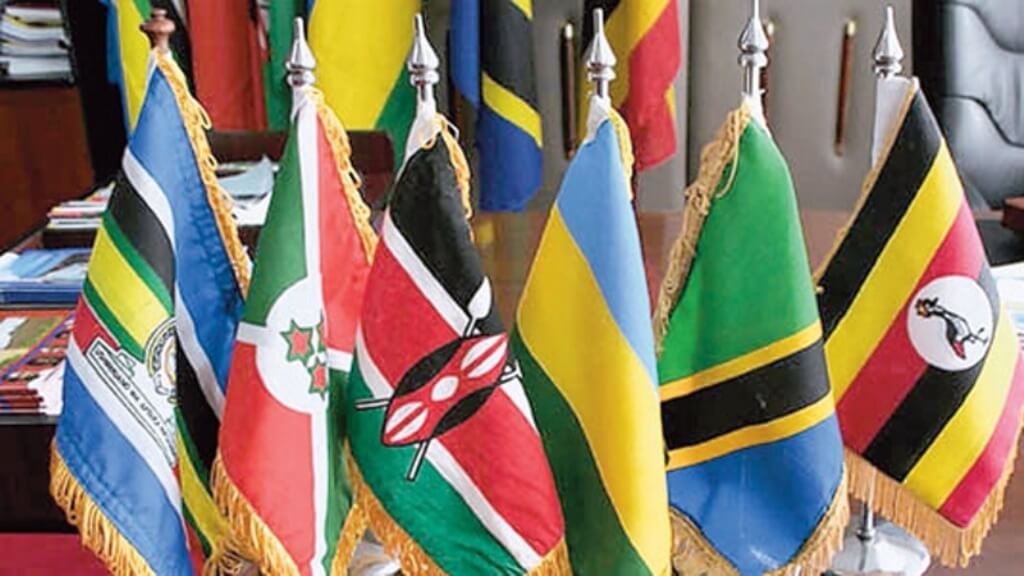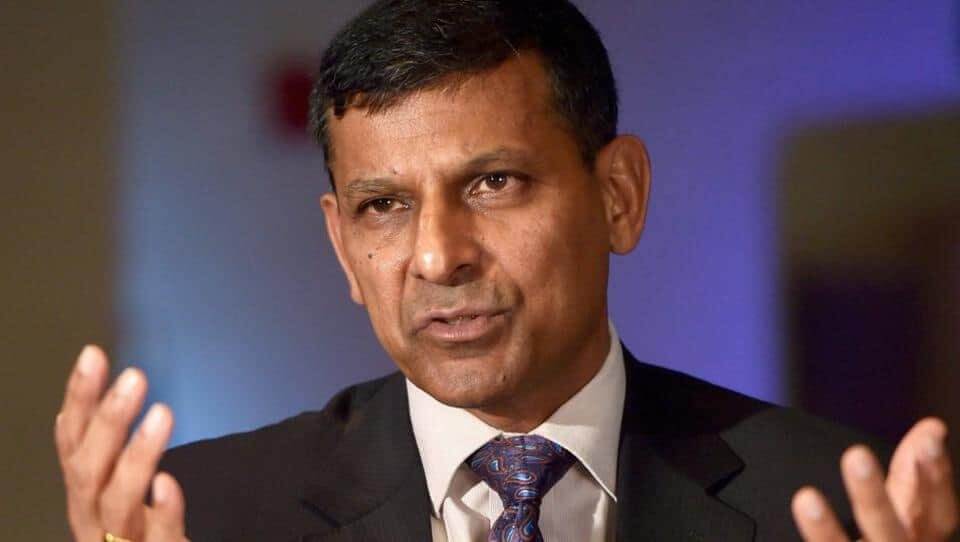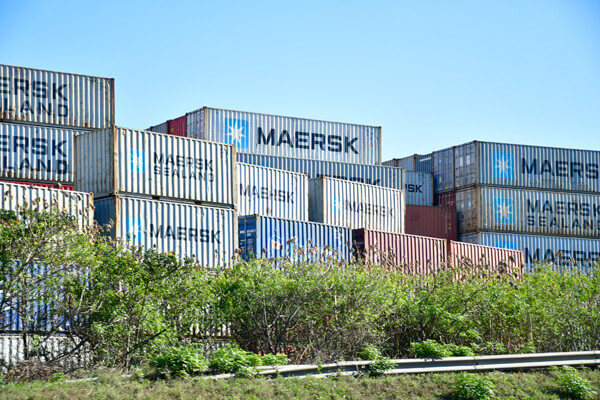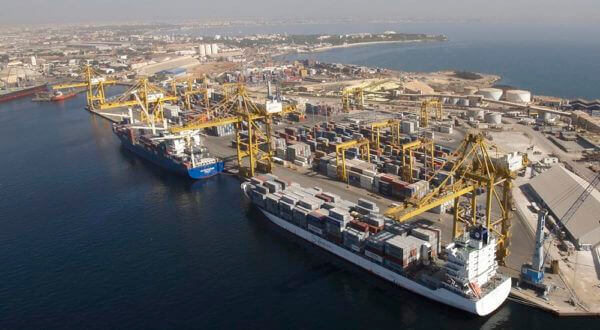With the AfCFTA expected to increase intra-African trade by 52 per cent by the year 2022, the journey towards making it a reality is in high gear. The Africa Continental Free Trade Agreement seeks to have the removal of tariffs on 90 per cent of goods traded within the continent. Towards this, UNCTAD and the African Union have developed an online platform to help remove non-tariff barriers to trade in Africa. The tool became operational on January 13. Moving goods across the continent Traders and businesses moving goods across the continent can now instantly report the challenges they encounter, such as quotas, excessive import documents or unjustified packaging requirements. To improve the movement of goods across the continent and reduce the cost importers and exporters in the region face, the tool will help African governments monitor and eliminate such challenges which slow trade costing the continent billions of dollars annually. The African Union’s Agenda 2063 seeks to transform Africa into a global powerhouse of the future. The need to envision a long-term 50-year development trajectory for Africa is important as the continent needs to revise and adapt its development agenda due to ongoing structural transformations; increased peace and reduction in the number of conflicts; renewed economic growth and social progress; the need for people-centred development, gender equality and youth empowerment; changing global contexts such as increased globalization and the ICT revolution; the increased unity of Africa which makes it a global power to be reckoned with and capable of rallying support around its own...
Tool tackling trade barriers taking AfCFTA to the next level
Posted on: February 3, 2020
Posted on: February 3, 2020

